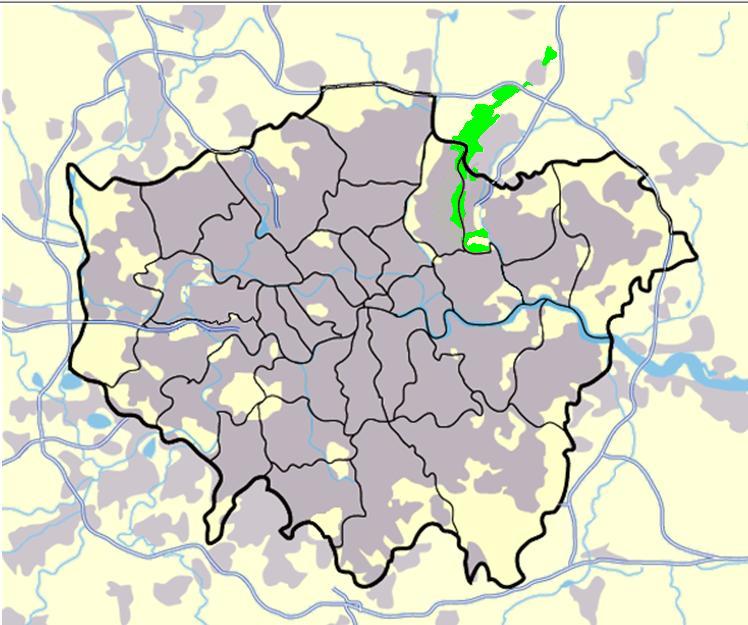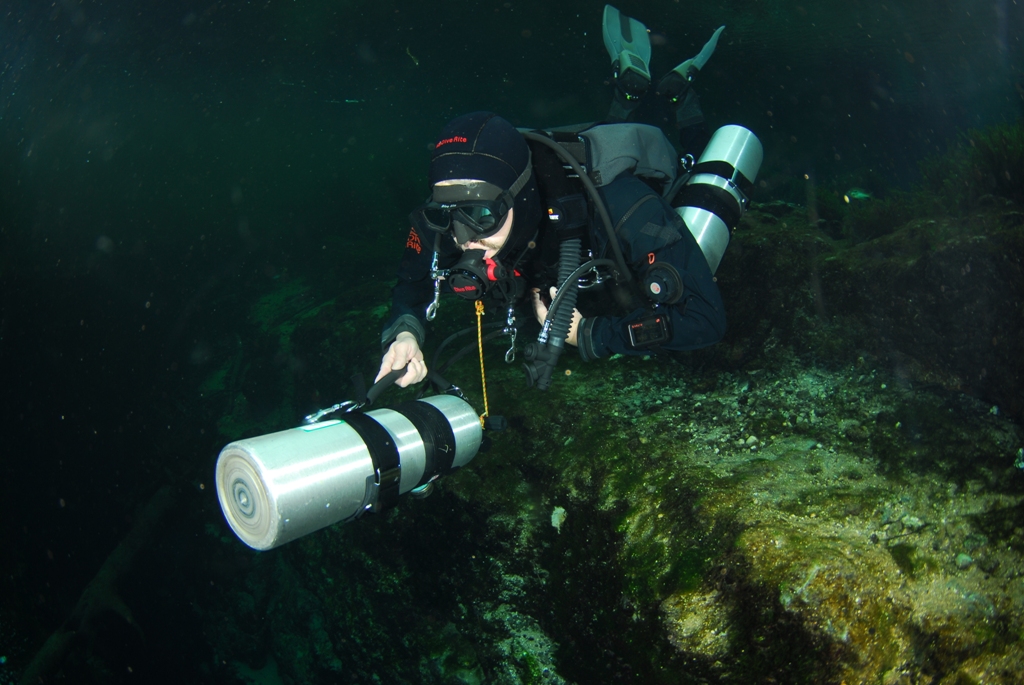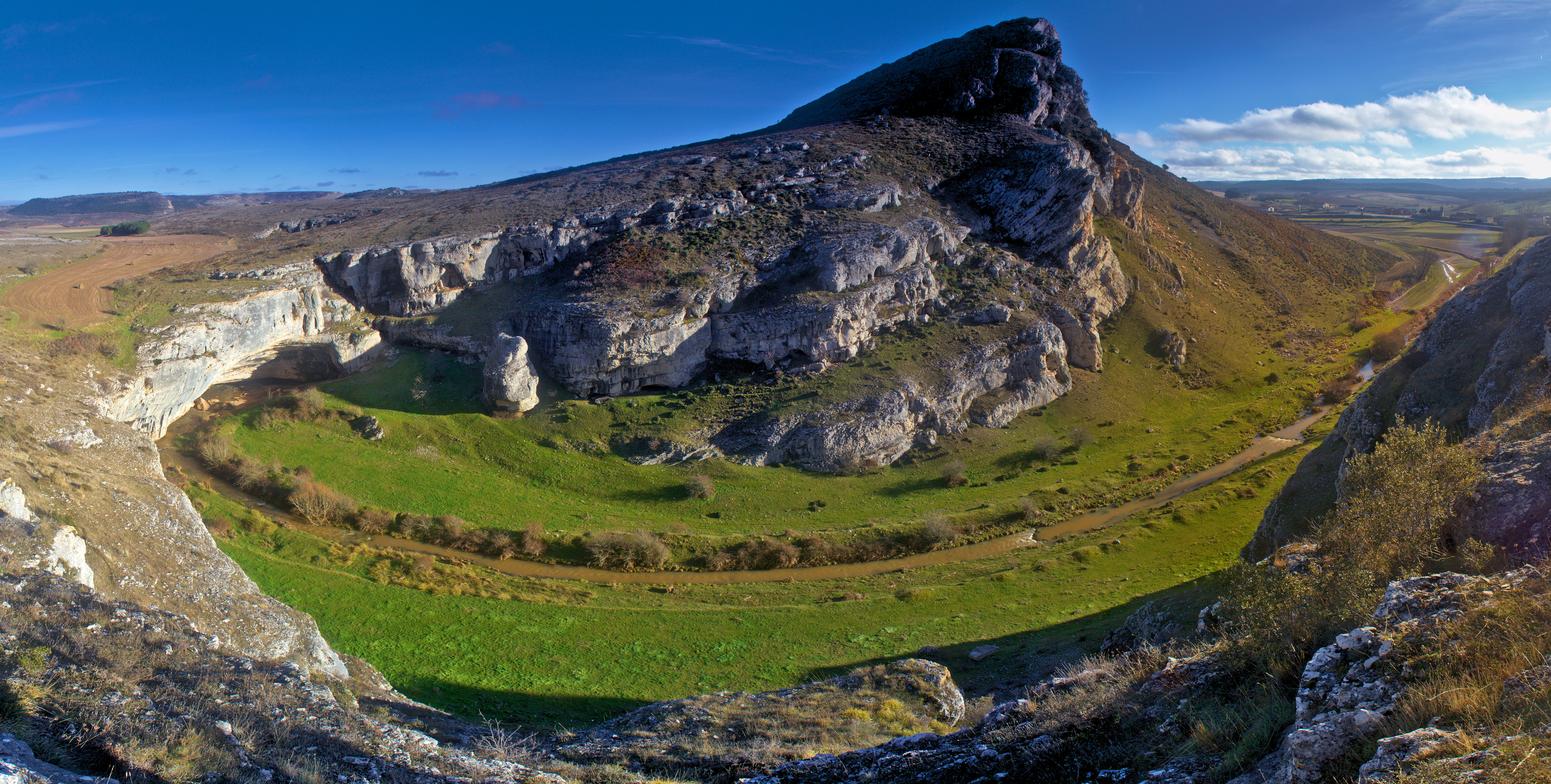|
Richard Stanton (cave Diver)
Richard William Stanton, (born 1961) is a British civilian cave diver who specialises in rescues through the Cave Rescue Organisation and the British Cave Rescue Council. He has been called "one of the world's most accomplished cave-divers", "the face of British cave diving," and "the best cave diver in Europe". Stanton has lived in Coventry for many years, and was formerly a firefighter with the West Midlands Fire Service for 25 years prior to his retirement. In 2018 he played a leading role in the Tham Luang cave rescue and was awarded the George Medal in the Civilian Gallantry List. Early life Stanton was born in 1961 and grew up in Epping Forest District in Essex. He attributes his interest in cave diving to a television programme he watched as a teenager, ''The Underground Eiger'', saying, "After watching it, I just knew that cave-diving was for me." Stanton studied at Aston University, where he joined both the caving and the diving clubs. He began as a self-taught diver i ... [...More Info...] [...Related Items...] OR: [Wikipedia] [Google] [Baidu] |
Epping Forest
Epping Forest is a area of ancient woodland, and other established habitats, which straddles the border between Greater London and Essex. The main body of the forest stretches from Epping in the north, to Chingford on the edge of the London built-up area. South of Chingford the forest narrows, and forms a green corridor that extends deep into East London, as far as Forest Gate; the Forest's position gives rise to its nickname, the ''Cockney Paradise''. It is the largest forest in London. It lies on a ridge between the valleys of the rivers Lea and Roding. It contains areas of woodland, grassland, heath, streams, bogs and ponds, and its elevation and thin gravelly soil (the result of glaciation) historically made it less suitable for agriculture. The Forest was historically managed as a common; the land was held by a number of local landowners who exercised economic rights over aspects such as timber, while local commoners had grazing and other rights. It was designated a ... [...More Info...] [...Related Items...] OR: [Wikipedia] [Google] [Baidu] |
River Lune
The River Lune (archaically sometimes Loyne) is a river in length in Cumbria and Lancashire, England. Etymology Several elucidations for the origin of the name ''Lune'' exist. Firstly, it may be that the name is Brittonic in genesis and derived from ''*lǭn'' meaning "full, abundant", or "healthy, pure" (c.f. Old Irish ''slán'', Welsh ''llawn''). Secondly, ''Lune'' may represent Old English ''Ēa Lōn'' (''ēa'' = "river") as a phonetic adaptation of a Romano-British name referring to a Romano-British god Ialonus who was worshipped in the area. Springs The river begins as a stream at Newbiggin, in the parish of Ravenstonedale, Cumbria, at St. Helen's Well (elevation of above sea level) and some neighbouring springs. On the first two miles of its course, it is joined by four streams, two of them as short as itself, but two much longer. These are the Bessy Beck (short), the Dry Beck of 4.9 kilometres' (three miles) length at from St. Helen's Well, the Sandwath Beck (s ... [...More Info...] [...Related Items...] OR: [Wikipedia] [Google] [Baidu] |
Diver Propulsion Vehicle
A diver propulsion vehicle (DPV), also known as an underwater propulsion vehicle, sea scooter, underwater scooter, or swimmer delivery vehicle (SDV) by armed forces, is an item of diving equipment used by scuba divers to increase range underwater. Range is restricted by the amount of breathing gas that can be carried, the rate at which that breathing gas is consumed, and the battery power of the DPV. Time limits imposed on the diver by decompression requirements may also limit safe range in practice. DPVs have recreational, scientific and military applications. DPVs include a range of configurations from small, easily portable scooter units with a small range and low speed, to faired or enclosed units capable of carrying several divers longer distances at higher speeds. The earliest recorded DPVs were used for military purposes during World War II and were based on torpedo technology and components. Structure A DPV usually consists of a pressure-resistant watertight casing c ... [...More Info...] [...Related Items...] OR: [Wikipedia] [Google] [Baidu] |
Sidemount Diving
Sidemount is a scuba diving equipment configuration which has scuba sets mounted alongside the diver, below the shoulders and along the hips, instead of on the back of the diver. It originated as a configuration for advanced cave diving, as it facilitates penetration of tight sections of cave, allows easy access to cylinder valves, provides easy and reliable gas redundancy, and tanks can be easily removed when necessary. These benefits for operating in confined spaces were also recognized by divers who conducted technical wreck diving penetrations. Sidemount diving is now growing in popularity within the technical diving community for general decompression diving, and is becoming an increasingly popular specialty training for recreational diving, with several diver certification agencies offering recreational and technical level sidemount training programs. Terminology ;Sidemount diving: Sidemount diving is the practice of diving with two or more cylinders secured at the ... [...More Info...] [...Related Items...] OR: [Wikipedia] [Google] [Baidu] |
Rebreather
A rebreather is a breathing apparatus that absorbs the carbon dioxide of a user's breathing, exhaled breath to permit the rebreathing (recycling) of the substantially unused oxygen content, and unused inert content when present, of each breath. Oxygen is added to replenish the amount metabolised by the user. This differs from open-circuit breathing apparatus, where the exhaled gas is discharged directly into the environment. The purpose is to extend the breathing endurance of a limited gas supply, and, for covert military use by frogmen or observation of underwater life, eliminating the bubbles produced by an open circuit system and in turn not scaring wildlife being filmed. A rebreather is generally understood to be a portable unit carried by the user. The same technology on a vehicle or non-mobile installation is more likely to be referred to as a life-support system. Rebreather technology may be used where breathing gas supply is limited, such as underwater or in space, where ... [...More Info...] [...Related Items...] OR: [Wikipedia] [Google] [Baidu] |
Rudrón Valley
The Rudrón Valley () is a valley of the province of Burgos, in the autonomous community of Castilla y León, Spain, that borders the autonomous community of Cantabria Cantabria (, also , , Cantabrian: ) is an autonomous community in northern Spain with Santander as its capital city. It is called a ''comunidad histórica'', a historic community, in its current Statute of Autonomy. It is bordered on the east .... From a structural standpoint, the relief is organized around a large morphostructural unit: an extensive moorland. The River Rudrón divides and separates both sides of moorland. The River Rudrón divides and separates both sides of moorland creating Rudrón Valley, leaving on the left the moor of La Lora and right the moor of Masa.* Wikimapia- Valle del Rudrón Geographical description The River Rudrón through a process of epigenesis has excavated and drilled sedimentary limestones that extensive moorland, moorland that forms the watershed of this river. The R ... [...More Info...] [...Related Items...] OR: [Wikipedia] [Google] [Baidu] |
Somerset
( en, All The People of Somerset) , locator_map = , coordinates = , region = South West England , established_date = Ancient , established_by = , preceded_by = , origin = , lord_lieutenant_office =Lord Lieutenant of Somerset , lord_lieutenant_name = Mohammed Saddiq , high_sheriff_office =High Sheriff of Somerset , high_sheriff_name = Mrs Mary-Clare Rodwell (2020–21) , area_total_km2 = 4171 , area_total_rank = 7th , ethnicity = 98.5% White , county_council = , unitary_council = , government = , joint_committees = , admin_hq = Taunton , area_council_km2 = 3451 , area_council_rank = 10th , iso_code = GB-SOM , ons_code = 40 , gss_code = , nuts_code = UKK23 , districts_map = , districts_list = County council area: , MPs = * Rebecca Pow (C) * Wera Hobhouse ( LD) * Liam Fox (C) * David Warburton (C) * Marcus Fysh (C) * Ian Liddell-Grainger (C) * James Heappey (C) * Jacob Rees-Mogg (C) * John Penrose (C) , police = Avon and Somerset Police ... [...More Info...] [...Related Items...] OR: [Wikipedia] [Google] [Baidu] |
Wookey Hole Caves
Wookey is a village and civil parish west of Wells, on the River Axe in the Mendip district of Somerset, England. The parish includes the village of Henton and the nearby hamlets of Yarley and Bleadney where the River Axe travels the length of the village. There used to be a port at Bleadney on the river in the 8th century which allowed goods to be brought to within of Wells. Wookey is often confused with its sister village Wookey Hole (2 miles to the north), site of the Wookey Hole Caves. History The name Wookey is thought to come from the Old English ''wocig'', meaning an animal trap. An alternative explanation has been offered which suggests it comes from the Celtic word ''ogof'' meaning cave, possibly appearing also as ''Woky'' One mile north-west of Polsham, but within the parish of Wookey are the earthwork remains of Fenny Castle, a motte and bailey castle sited on a natural hillock. The parish was part of the hundred of Wells Forum. The now-closed Wookey Station, ... [...More Info...] [...Related Items...] OR: [Wikipedia] [Google] [Baidu] |
Jordbrugrotta
Jordbrugrotta is a cave in the upper parts of by the river in Rana municipality in Nordland county in Norway. The cave is named after the farm Jordbrua further down the valley. The cave is situated about two kilometers south of the dam at Kallvatnet. Jordbrugrotta was discovered during the Second World War. In 1949 an attempt to enter via Sprutfossen and into the main system did not succeed. In 1953 Jakob Otnes from NVE described parts of the cave and reported that during the winter they had succeeded in entering 500 meters into the mountain via Sprutfossen. In 1959 an expedition from NTH visited the cave but did not make a report. In 1962 and 1964 the British cave club "Explorer's club" from Haberdasher's Aske's Hatcham School explored Jordbrugrotta. The cave has at least three entrances. One of the entrances is a bit north of Sprutbekken and it is possible to enter while the waterfall of Sprutfossen is small. Another entrance is called Hatcham Hole and enters from west t ... [...More Info...] [...Related Items...] OR: [Wikipedia] [Google] [Baidu] |
Kiltartan
Kiltartan is a barony and civil parish in County Galway, Ireland. The southern portion of this barony was formerly known as Cenél Áeda na hEchtge or O'Shaughnessy's Country, the northern portion was called Coill Ua bhFiachrach (the territory of the Hynes clan) and the eastern part was called Oireacht Réamoinn (Mac Redmonds clan, a branch of the Burkes). It was the home of Lady Gregory, Edward Martyn, and a regular residence of W.B. Yeats. The barony takes its name from the Burke stronghold of Kiltartan Castle (now ruinous) also known as Castletown or Ballycastle. The castle in turn takes its name from the medieval church of Kiltartan a short distance to the north. The old Irish name for the church and parish was Cill Athrachta (church of St. Attracta) which was corrupted to Cill Tortain. The older anglicised form was Kiltaraght which is closer to the original Irish form. It is alluded to in Yeats's poem " An Irish Airman Foresees His Death". See also * Augusta, Lady Gre ... [...More Info...] [...Related Items...] OR: [Wikipedia] [Google] [Baidu] |
Artur Kozłowski (speleologist)
Artur "Conrad" Kozłowski (17 October 1977 – 5 September 2011) was a Polish cave diver who spent his last years in Ireland. Amongst other achievements in cave exploration, he set the record for the deepest cave dive in Great Britain and Ireland at a depth of . Biography Career Kozłowski came to Ireland from Poznań, in Poland, in 2006 and worked as a quantity surveyor. His projects included the Aviva Stadium and Heuston Square developments in Dublin. He would later play an important role in compiling maps for Galway County Council and the National Roads Authority for the design and development of the N18 road (Now the M18 motorway). Introduction to cave diving When he moved to Ireland, Kozłowski was a qualified diver, with 13 warm open water dives under his belt. Shortly after his arrival he became interested in underwater cave exploration, and began learning cave diving with the Welsh cave diving instructor Martyn Farr in 2007. He began diving in the Hell Complex, part o ... [...More Info...] [...Related Items...] OR: [Wikipedia] [Google] [Baidu] |
Ardèche
Ardèche (; oc, Ardecha; frp, Ardecha) is a department in the Auvergne-Rhône-Alpes region of Southeastern France. It is named after the river Ardèche and had a population of 328,278 as of 2019.Populations légales 2019: 07 Ardèche INSEE Its is in Privas, but its largest city is Annonay. History Prehistory and ancient history [...More Info...] [...Related Items...] OR: [Wikipedia] [Google] [Baidu] |







